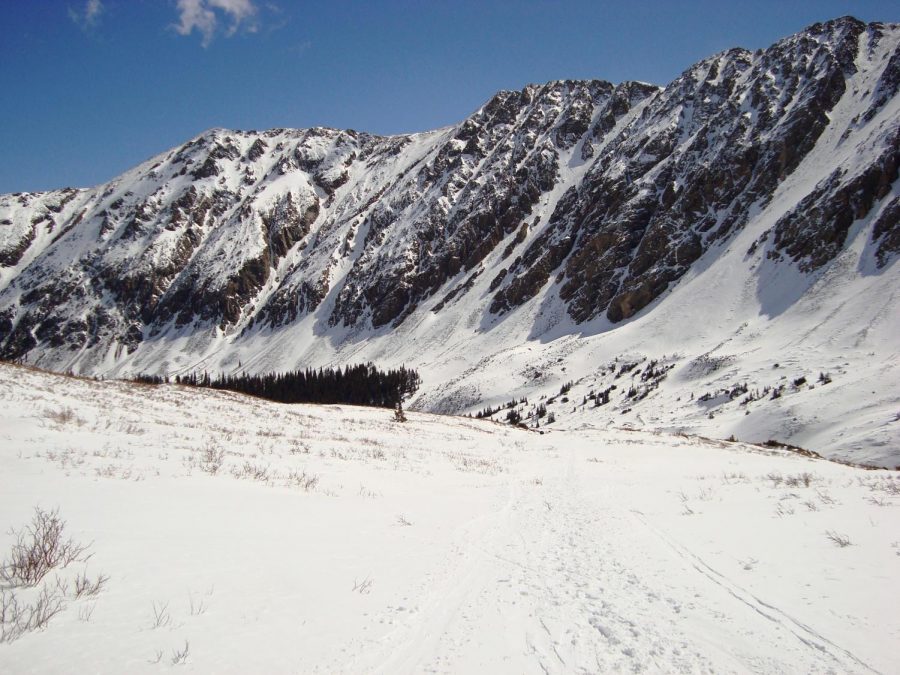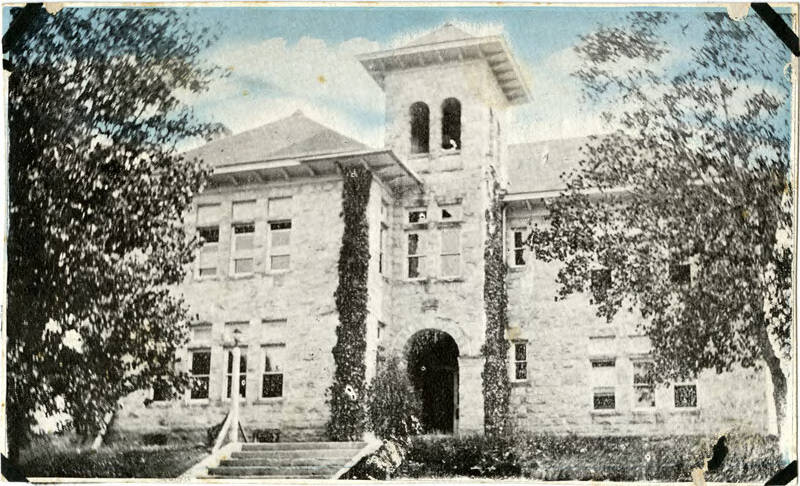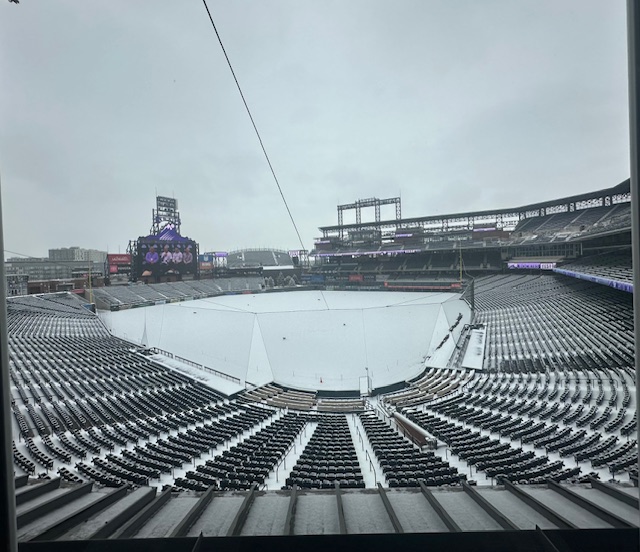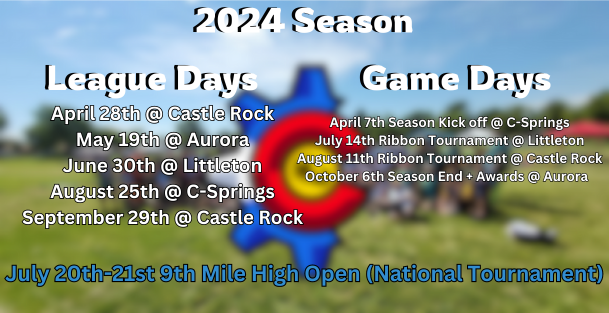This story was originally published on February 23, 2018.
Winter got you down and sniffly? Bogged down with studying? It’s time to put the books aside and breathe in some fresh air. Trust me, you will feel much better. Hiking is a fun way to stay healthy and in shape and have fun at the same time.
Winter hiking brings different risks than summer hiking. It is important to properly prepare for a winter hike to enjoy nature and stay healthy but not put lives at risk. As the boy scout’s motto says: “Always be prepared.”
Here are 5 tips to remember before attempting a winter hike:
-
Pack the proper gear
This includes wearing the correct clothing. Jeans and anything cotton are the worst enemies when it comes to hiking no matter the season. Ashante Wood has a good starting list of what to pack for 14ers which can apply to any hike. For winter hiking, there are a few changes to her list.
While she says gloves are optional, gloves are mandatory in the winter. Make that two pairs: one to wear and an extra in the pack in case the first layer gets wet from melted snow. The gloves should be thick and waterproof so that the snow does not soak through them.
Layering, layering, layering is the way to go. Starting on a trail, the temperature easily can be in the 20’s, which can go down with elevation gain. Wood recommends a base layer, mid layer, and a wind protection, although a fourth layer in between would not be a bad idea as well. Layers can always be taken off, but once on the trail, the gear in the pack is all there is.
When choosing layers, make sure they are thin and flexible as bulky clothing makes hiking slow and tedious. The idea is to be warm, not weighed down. It is very important to keep every patch of skin covered to prevent frostbite and hypothermia. To cover the face, a balaclava is the best, but a scarf works well too.
Many forget the sun is still in full force, and reflects off of the snow, giving an even more intense glare so make sure to bring sunscreen and sunglasses.
2.Stay Hydrated and Fueled
Because it is so cold it can be easy to forget to stay hydrated but it is still important. The dry weather mixed with the constant physical activity can cause one to become dehydrated very easily. Make sure to have insulated water bottles or a CamelBak with an insulated tube so it won’t freeze.
High calorie, snackable foods are the best to bring. Hiking in the snow takes more energy due to postholing and slipping on the ice. Postholing is when a hiker plunges knee-deep or waist-deep in the snow, and it is not a pleasant experience! Nuts, granola, energy gummies, granola bars, and beef jerky step up to the challenge.
3. Have the proper footwear
Snow covered trails equals ice and slippery footing. To add additional traction to those hiking boots, try yak trax or microspikes. These little lifesavers act just like chains on vehicle tires, but for shoes.
In addition to comfortable boots, having two layers of socks is ideal. The first layer should be thinner, wicking away the moisture while the second layer should be warmer to insulate the feet.
4. Know where you are going
If there is one thing not to forget on this list, it is to ALWAYS make sure to research the trail beforehand. Check out hikingproject.com or summitpost.org for trail information. Best Summit Hikes in Colorado by James Dziezynski is a great guidebook for ideas on where to go.
Some enjoyable trails include Chief Mountain (Idaho Springs), Spruce Mountain (Monument), Squaretop Mountain (Georgetown/Guanella Pass), Mt. Sniktau (near Loveland Pass). More details can be found on hikingproject.com and 14ers.com.
Another great idea is to pick sections of the Colorado Trail. Segment 1 starts in Denver, which is close by for most. Yes, it is 16.8 miles one way, but no one says you have to do all of it!
This is not the time to explore on a whim since it is very easy to get lost. Snow erases the trail easily and makes it hard to follow. Always have either a physical map or a GPS, like a Garmin, and a compass. Google Maps is not effective when out in the backcountry because not only is service spotty but, from experience, Google Maps is not that accurate when it comes to trails.
While hiking, it is a good idea to check your back trail. In other words, look behind you at the trail to see what it looks like from the other direction. It sounds weird, but it will help on the return trip because the trail can look a bit different going the other way. Noticing the subtle difference in the trail’s appearance can prevent getting lost.
5. Be aware of avalanche danger
It goes without saying, winter equals snow which poses a new danger: avalanches. Normally, avalanches are not a threat for an easy hike on an open space close to home. However, it is important to keep them in mind when going deeper into the mountains.
These tips only graze the tip of the iceberg but are a good start to those who want to brave the elements. In addition to these tips, it is never a good idea to go alone or hike beyond your difficulty level. Know your limits, and remember, the idea is to have fun safely. Happy hiking!
















